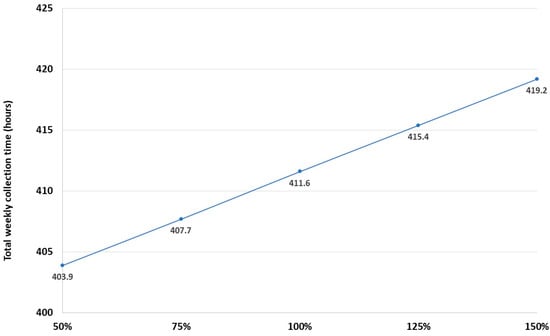In-depth analysis
February 6, 2025
Natural gas-fired generating plants in the United States can be categorized by different ownership type, which can influence where individual plants are located, as well as how they operate and even the way fuel is purchased. Those different owners, through the investments they have made, have been instrumental in making natural gas the single-largest source used to generate electricity in the United States, with a 43% share of both capacity and energy output. EIA collects data for the different ownership types of natural gas-fired power plants.
Electric utility companies currently own 53% of the U.S. natural gas generation fleet. These companies primarily operate natural gas-fired plants to generate power that serves customers on their own distribution systems. Because natural gas-fired plants are dispatchable, or readily able to turn on and off, they are instrumental with helping electric utilities meet instantaneous demand from customers.
Independent power producers (IPPs) own 39% of the U.S. natural gas generation fleet. An IPP is an entity that owns and operates facilities that generate power for bulk sale and use by others. Also known as merchant plants, facilities owned by IPPs mostly have been built in regions that support competitive wholesale markets.
Industrial and commercial firms operate natural gas-fired power plants mostly to meet energy requirements at their manufacturing facilities. This group of plants is much smaller, making up only about 8% of the U.S. natural gas generation fleet. Plants that provide excess energy to the power grid, also known as combined-heat-and-power (CHP) plants, make up a share of these facilities.
Changing ownership patterns
The share of generation by different types of owners of natural gas-fired power plants has changed over time. When natural gas-fired generation began its growth spurt in the late 1990s, plants owned by IPPs accounted for most annual generation, or around 60%. IPPs were early entrants in the natural gas power sector because few of them owned other types of generating capacity, such as coal-fired or nuclear facilities. They were the leading investors for installing the new natural gas turbine technology that had become available at this time.
By the middle of the next decade, the split in ownership type began to shift more to electric utility companies, which began using more natural gas to replace coal-fired generating plants that were being retired. The shift was driven by electric utilities deciding to build their own natural gas-fired power plants, accompanied by purchasing existing facilities owned by IPPs.
Even though electric utilities took the lead in natural gas-fired generation by 2017, both sectors have registered steady growth in natural gas-fired power generation through 2023. The increases were the result of increasing domestic supply of natural gas and relatively low prices associated with the fuel. In addition, the dispatchable nature of natural gas-fired power plants has become more valuable because they are needed to support system reliability given the rising amounts of intermittent sources of power on the grid from wind and solar projects.
Changes in electric utility regulations have also driven changes in ownership of natural gas-fired generating plants. Most IPP-owned natural gas-fired plants were located in regions where the grid is managed by an Independent System Operator (ISOs) or a Regional Transmission Organization (RTOs). Natural gas-fired plants owned by IPPs are also mostly located in states that at one time or another had retail choice. Under retail choice, most customers can select an electric provider other than their local electric utility. Natural gas-fired power plants owned by electric utilities are spread evenly across the country.
Natural gas-fired plants owned by IPPs are mostly in the northeastern United States, as well as in parts of Texas and California. Most states in the rest of the country have some form of rate regulation, where electric utilities operate their own fleet of natural gas-fired plants.
Price differences for natural gas by owner type
IPPs historically have paid lower prices for natural gas than plants owned by electric utilities, largely because of their geographic distribution. Data from Form EIA-923, Power Plant Operations Report, show that IPP-owned plants paid an average of $2.80 per million British thermal units (MMBtu) for their natural gas in 2023 compared with $3.85/MMBtu for plants owned by electric utilities. Electric utilities generally have been paying more for natural gas delivered to their plants for at least a decade. Only during periods when market prices for natural gas spiked did IPP-owned plants pay more.
Geography likely accounts for most of the difference in prices. Most of the IPP-owned natural gas-fired plants are situated in the northeast United States and in Texas, where there is immediate access to substantial natural gas production. In the Northeast, increasing gas production has been coming from the Marcellus and Utica shale formations, while in Texas multiple areas such as the Permian Basin have been boosting output. Another driver is that most IPPs largely operate in grids managed by ISOs and RTOs where competition among generating sources can be greater. In these instances, there is a desire to secure natural gas at lower prices to remain competitive. Actions to mitigate costs may include procuring a certain amount of natural gas under long-term contracts versus the spot market.
Principal contributors: Scott Jell, Mark Morey
Source link
www.eia.gov






